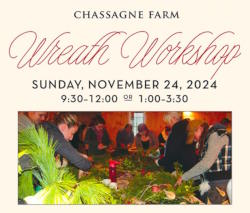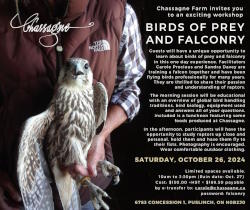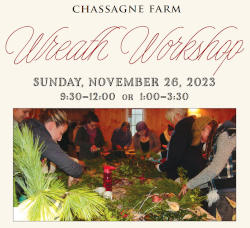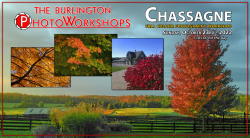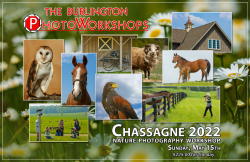Calligraphy by definition is the art of fine handwriting. It requires essentially paper, ink and a pen.
Ancient Egyptians made paper from the papyrus plant located along the Nile River starting in 3000BC. The Chinese developed the technique of creating paper from a pulped blend of hemp, mulberry bark and rags with water as early as AD105. Until 1500 manuscripts were written on parchment (made from the flesh side of a sheep skin) or on vellum ( from the French word ‘velin’ meaning calfskin), made from a mammal skin exposed to lime, scraped with a rounded knife and rubbed smooth with pumice. All of these paper materials are still available today.
Ink was simultaneously developed in Egypt and China by 2500BC using secretions from cephalopods such as squid and octopus (who ever thought of that?), tree bark, soot and plant extracts. Ink wells are fascinatingly varied and often humorous by design. Of course I have become an ink well collector and my favourite one is a glass elephant, probably made in England.
Pens and nibs are made of countless materials including feathers, gold, ivory and precious stones, and can be works of art in their own right. I have some lovely hand made glass pens, and admit to being a pen collector. My favourite pen for looks is by Faberge but Pelican fountain pens are the best for every day use.
For very special projects I prefer to write with a soft gold nib on vellum, expensive but worth it.
The following are some images related to Carole's calligraphy:


